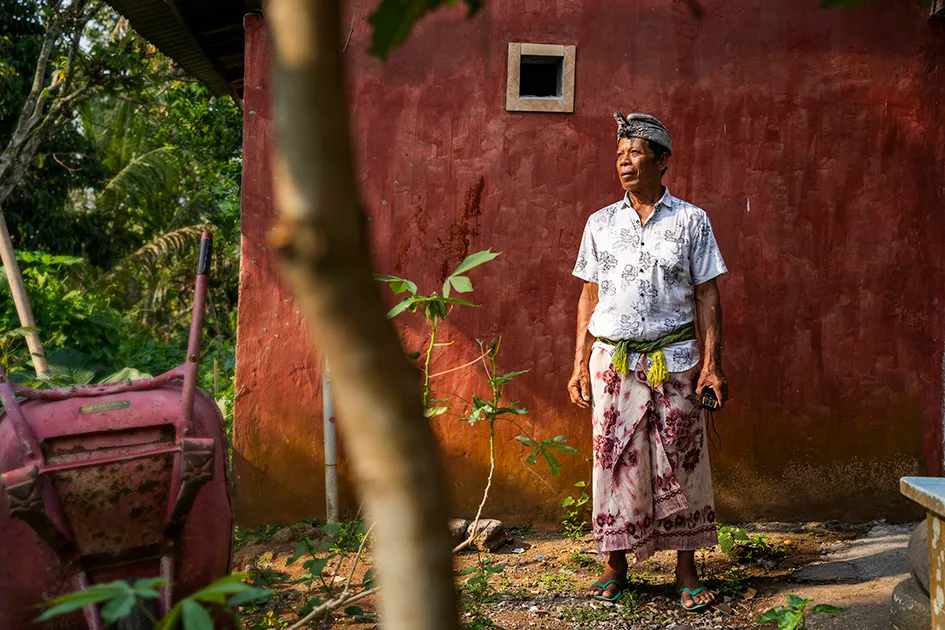The first time I saw a glacier, it looked a lot like this one Dr. Stanley photographed on a trip in Patagonia—except I was adventuring with friends through Canada’s national parks in Alberta. We made the drive up to Athabasca Glacier after a morning hike, and one of my friends pointed, “There it is!” Where? I thought, All I see is snow. Though the landscape in front of me was certainly beautiful, I wondered why I was supposed to be impressed.
Years later, I would get to see another glacier—this time in Alaska and up close. My husband and I, along with a handful of fellow tourists, paddled a big canoe across a lake, and the closer we got to Mendenhall’s edge, the more I understood. This glacier was not a big pile of snow but a dynamic maze of icy ravines, decorated in every possible blue.

This is a second photograph of the Patagonian glacier, but up close—and you can see it is anything but ordinary. The ice is fractured and cavernous, painted blue ombre and striped with ancient sediment. It contains caves, tubes, puddles, and jagged fingers called seracs, and it’s constantly changing. This is the kind of sight that captivated me as we docked our canoe on the rocks at Mendenhall.
Glaciers develop where snow never fully melts, typically in a depression between mountains. Before one season’s snow can thaw, the next is falling, making the layers underneath more and more dense. Over time, the pressure of hundreds of years of snowfall squeezes each snowflake and pushes out the surrounding air, forming glacial ice—while its own weight forces the entire mass to move ever so slightly in the direction of gravity. (This is where the phrase “moving at a glacial pace” originated.) The dense ice absorbs the longer wavelengths of light, reflecting only the shorter ones. So the more compact the particles become, the deeper the blue we see.
Glaciers are melting fast and can move forward as slowly as a couple of feet per year, others as quickly as multiple feet a day.
I learned all of this from our guide, who, once we attached crampons to our boots, led us on a hike where the ice was sturdy and safe. With the climate change today, glaciers are melting fast and can move forward as slowly as a couple of feet per year, others as quickly as multiple feet a day. So they can look slightly different every time you visit. That’s why a skilled, experienced professional is required to navigate the changing terrain and deep ravines.
How misguided I had been that day in Alberta, thinking the white abyss was the beginning and end of glaciers, assuming there was nothing more to see or know, walking away unaffected. I think of that moment often, and it reminds me to stay curious—about the natural world, people in my life, and even our God above. It makes me question my other assumptions, such as I see who my friend is today, but who might she become in five years? What incorrect judgments might I be making about someone’s situation? Do I really know God as well as I think I do, or does every new circumstance, every position I see Him from, give me a fresh angle of His face? Time and time again, I am surprised what I see when I crawl in and get up close—things are always more intricate, more nuanced, and richer than they seem.





